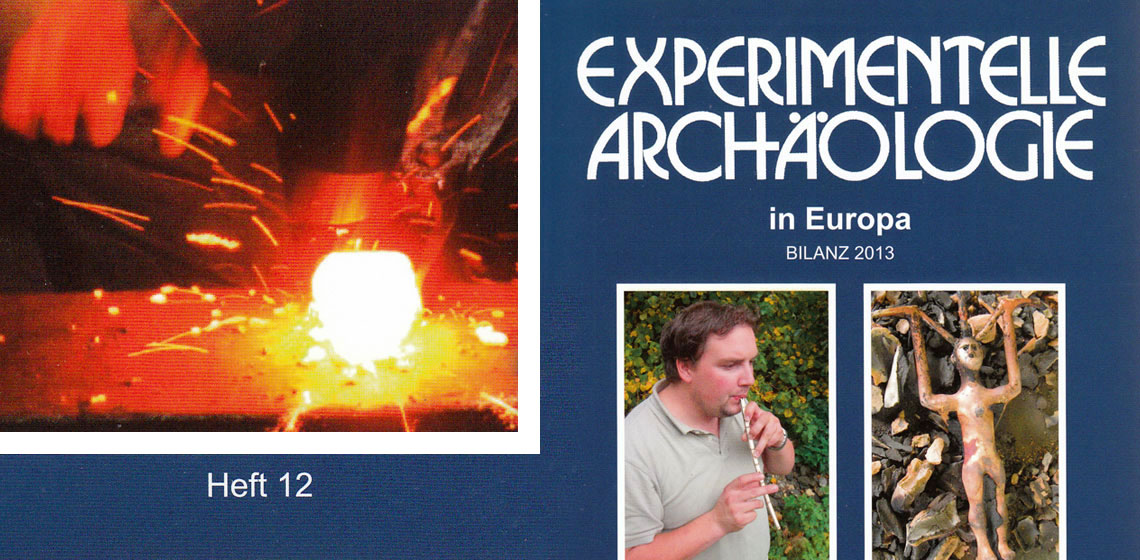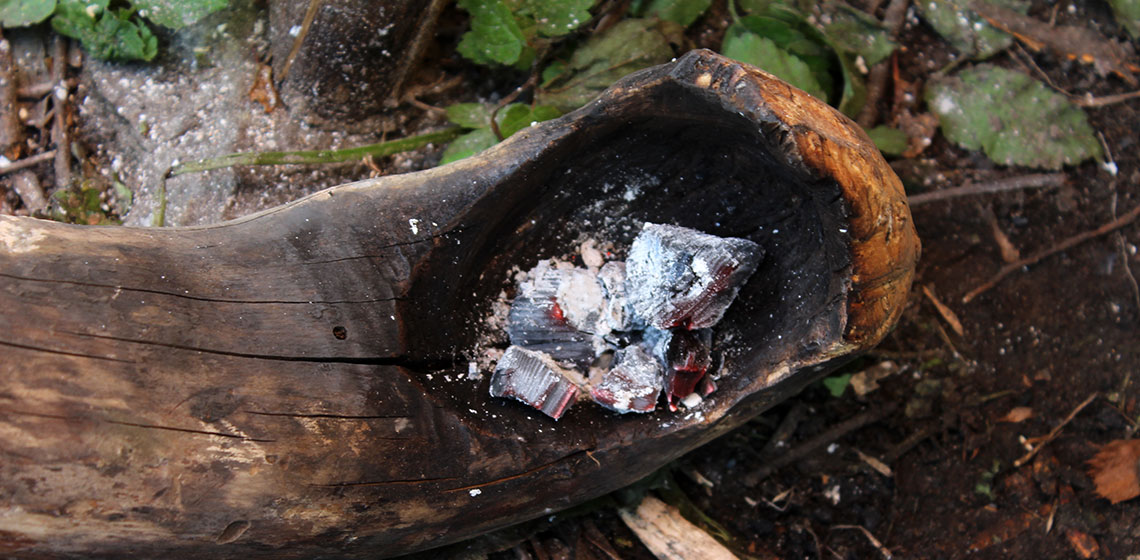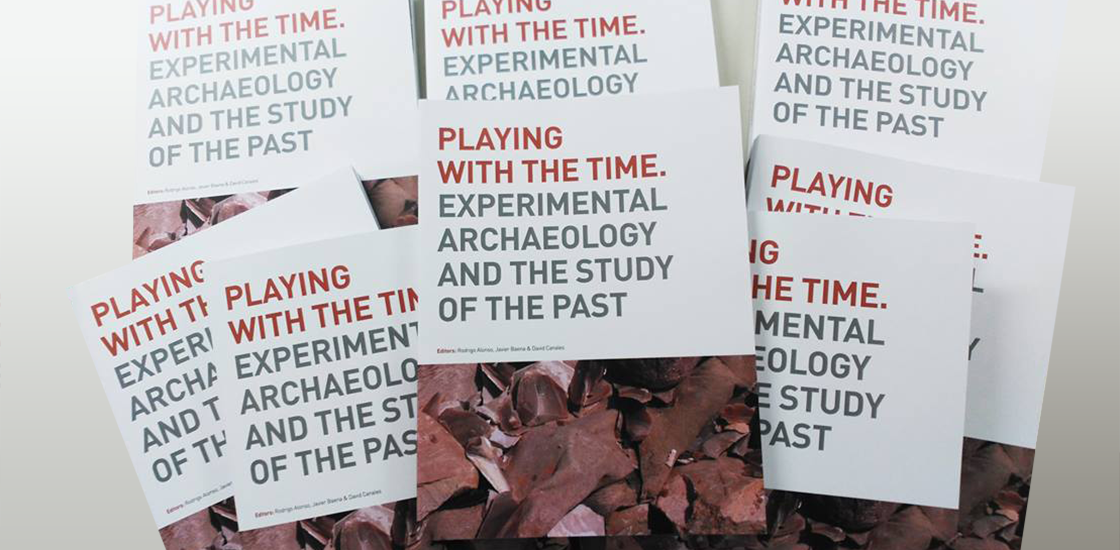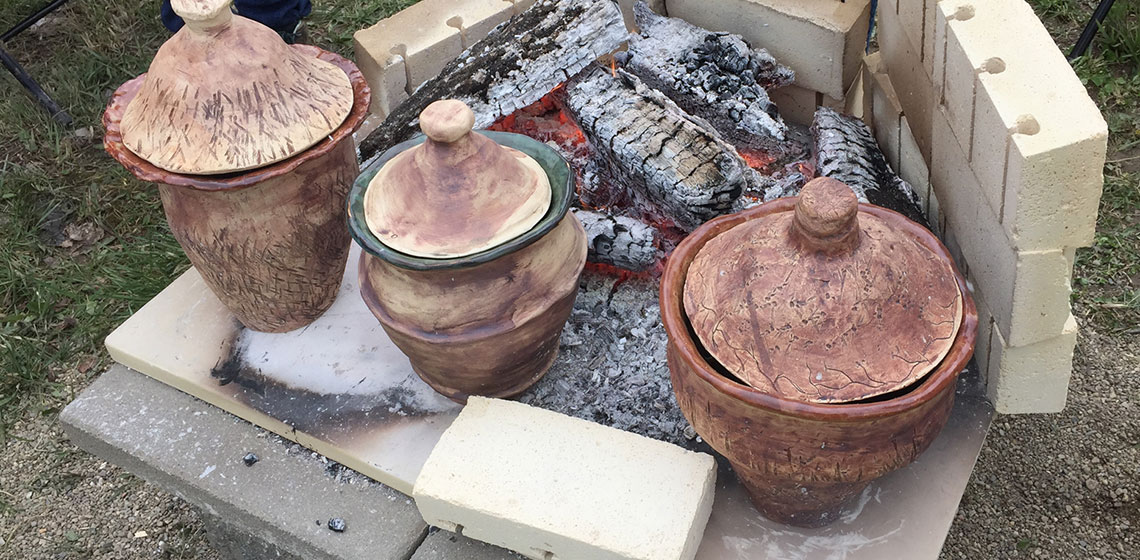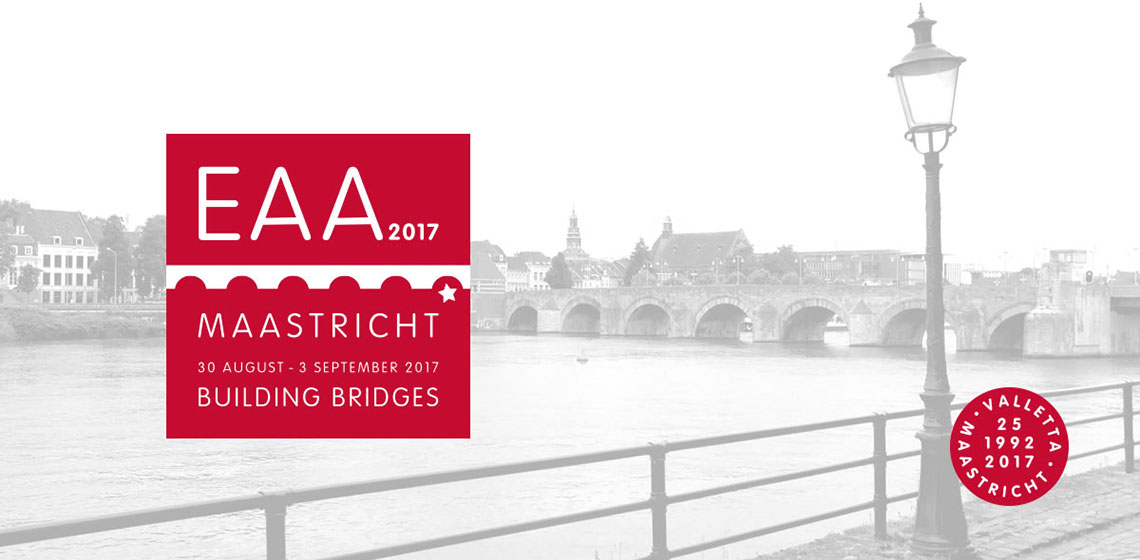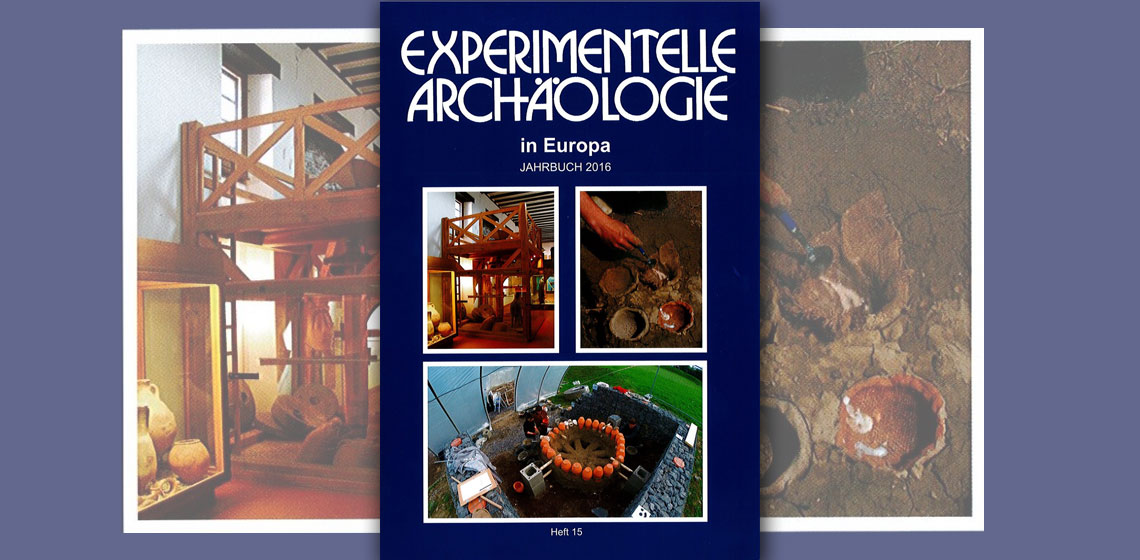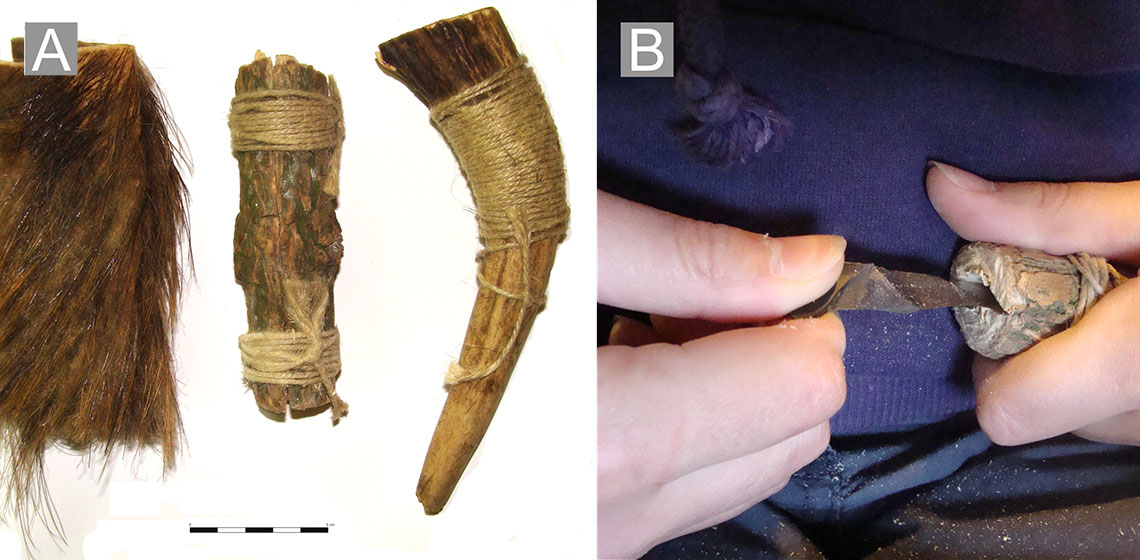Book Review: Experimentelle Archäologie in Europa, Bilanz 2013
***Experimentelle Archäologie in Europa. Bilanz 2013 published by Gunter Schöbel and the European Association of Archaeology by Experiment e.V. is the product of the experimental archaeology conference AEAS/GAES, held between the 4th - 7th October 2012, Switzerland...
